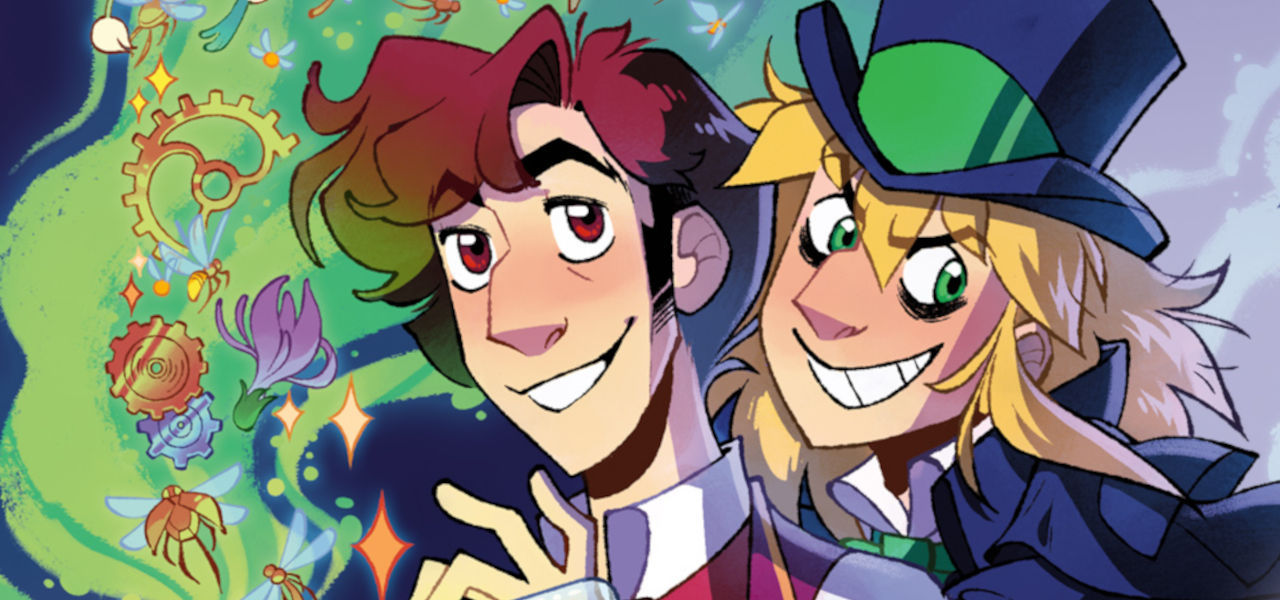
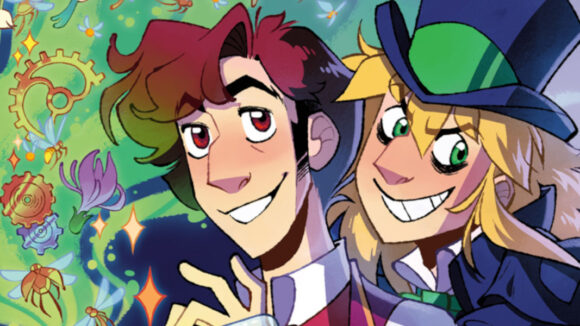
‘Gravity Falls,’ ‘The Owl House’ Artist S.H. Cotugno’s Viral Webcomic ‘The Glass Scientists’ Is Getting A Graphic Novel
S.H. Cotugno is a 2012 Calarts graduate who went on to work on some of the biggest animated series of the 2010s and 2020s including Gravity Falls, The Owl House, and Star vs. the Forces of Evil.
In addition to their work in animation, Cotugno self-publishes the digital graphic novel The Glass Scientists, which has been viewed more than six million times. Now, the series, a modernized take on the classic Dr. Jekyll and Mr. Hyde narrative, is expanding into a graphic novel for young adults.
We’ve been following Cotugno’s work since they were still an undergrad and recently spoke with the now-veteran animator about working in both mediums, the mental toll of working alone, and the timeless appeal of the Jekyll and Hyde story.
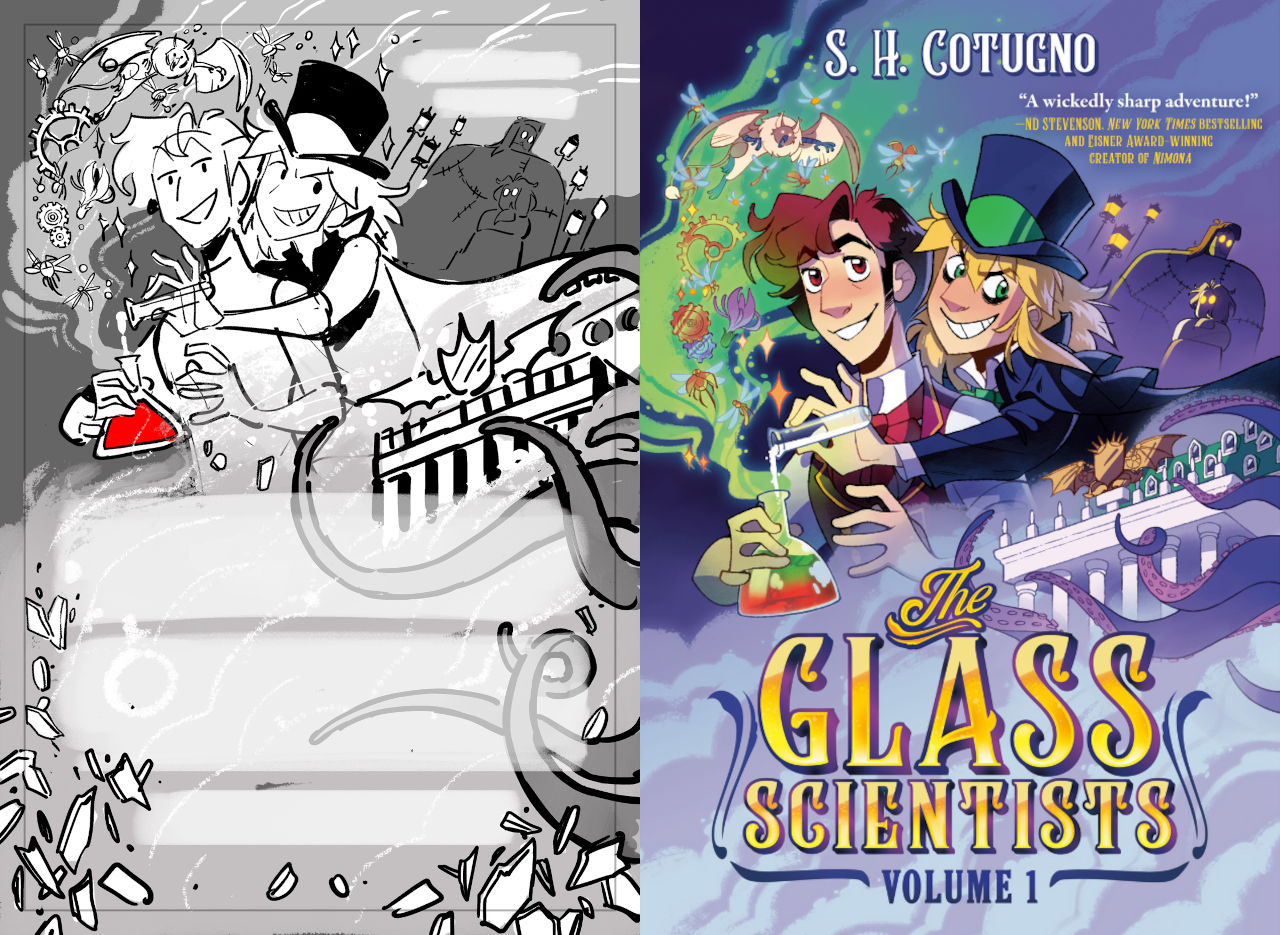
Cartoon Brew: What inspired you to produce your own graphic novel?
Cotugno: I started writing the outline that would become The Glass Scientists as a way to teach myself story structure after I was rejected from the Disney feature story trainee program in 2012. Even after I managed to break into story as a board artist on Gravity Falls, I stuck with the practice because I missed getting to tell my own stories, like I had done with my student films at Calarts. About a year into the endeavor, the story felt solid enough to turn into something real, but I was way too much of a scaredy-cat to consider pitching it to a studio (an informational session telling us that Disney TV wouldn’t consider a show with characters over the age of twelve also had a chilling effect). Making a comic felt like a much more achievable goal than making an entire television show, so I Kickstarted a prequel comic in the summer of 2014 and launched The Glass Scientists as a webcomic the following winter.
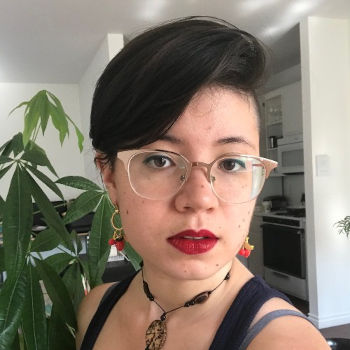
Is this your full-time gig now, or are you still animating?
I’m still very much in the industry! Right now, I’m working as a supervising director on an unannounced show for Apple TV+. I’ve been spending my nights and weekends on this comic for over eight years now, so it hasn’t been too difficult to juggle my comic work with a day job. The trade-off is I haven’t had much of a social life during that time, and I don’t really know how to go to clubs, drink alcohol, or maintain un-monetized hobbies. Once this comic is finished, I will find myself in the embarrassing position of trying to fit all the experiences I missed as a twenty-something into my mid-thirties. But I’m also trans, and according to the brochures, second adolescence comes with the territory.
How did the skills you picked up working in animation translate to storytelling using still images?
Making comics is quite similar to storyboarding, so it was pretty natural to translate my skills in thumbnailing, composition, pacing, character acting, and basic visual communication into this medium. I also did a couple of visual development internships at Pixar and Disney Feature after college. I did terribly at both – I’m a bit relieved The Good Dinosaur went through a total rehaul after I left, if only so no one had to fix my terrible attempts at plant model sheets – but I’ve been able to apply the skills I learned in color, value, and shape language to The Glass Scientists as well. And, of course, working in the industry teaches you to put out consistent work on a deadline. I still get tripped up over the parts that are exclusive to comics, especially the jigsaw puzzle that is panel layout, but on the whole, it’s been a fairly seamless transition.
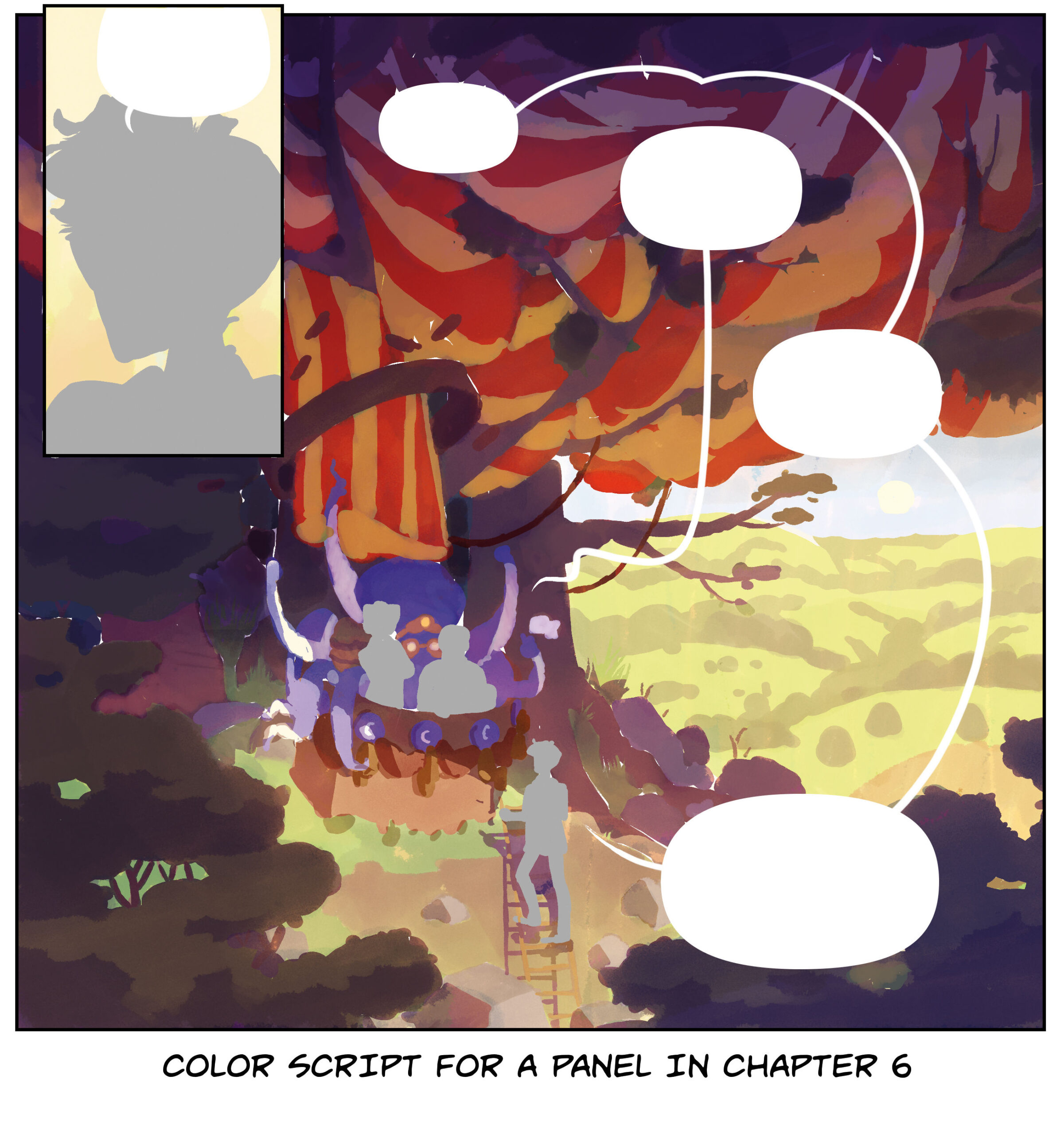
Would you encourage other animators to explore working on webcomics?
Yes, but maybe not in the way I did it! A full-color, fully serialized story uploading one page at a time over the course of a decade is not exactly the most efficient form of storytelling. If you’re thinking about starting a webcomic, I would recommend listing out the things you care about and finding ways to slither around everything else. For instance, if you’re excited to explore character dynamics but don’t care too much about your setting, find stylish ways to simplify or eliminate your backgrounds. If you hate drawing crowd shots, set your story somewhere that allows you to avoid them. And if you hate drawing circles within circles in perspective, maybe don’t write a story in a Steampunk-adjacent genre that will require you to draw those stupid goggles over and over again.
How did you find the experience of working alone? Obviously, the shows you worked on had big teams of artists contributing; with the comic did you have people around you to bounce ideas off and ask for critiques?
Oof, real talk? I don’t love it. When I was a kid, I thought I would love working at home by myself all day, but it turns out I super don’t. I had about an eight-month stint last year where I was working full-time on the comic with a couple of part-time development gigs on the side and honestly, it wasn’t great for my mental health. So many of my friends are in the industry, and when everyone else but me was staffed on a show (this was before the recent dry spell), it felt like I’d dropped off the face of the earth. Plus, I give myself way harsher notes than any network could. Now that I’m back on a crew, I’ve noticed my mood has improved significantly.
With that said, I have managed to find great critique partners while working on The Glass Scientists. I have a fantastic writer’s group that my friends and I put together over the pandemic, and they’ve given me a ton of insightful notes over the years, as did my former editor at my comic network Hiveworks, Atla Hrafney. It’s easy to lose perspective when you’ve got readers reacting to every micro-update you post weekly, so it’s been vital to get this kind of feedback early and often.
What drew you to the Jekyll and Hyde story for this project?
I’ve been obsessed with Strange Case of Dr. Jekyll and Mr. Hyde since I was a teenager. As a mixed-race, queer, and nonbinary person, I’ve always been drawn to stories about characters caught between two worlds, and I can’t imagine a character that embodies that duality more than a guy who would literally rather split his soul in two with science magic potions that fit himself into any one box. Jekyll and Hyde isn’t exactly the biggest fandom out there – it’s no Marvel or Star Wars, unless you count Universal’s Dark Universe franchise thingy from a few years back – so The Glass Scientists is basically my attempt to trick other people into liking the same 140-year-old, vaguely queer-coded science fantasy that I do.
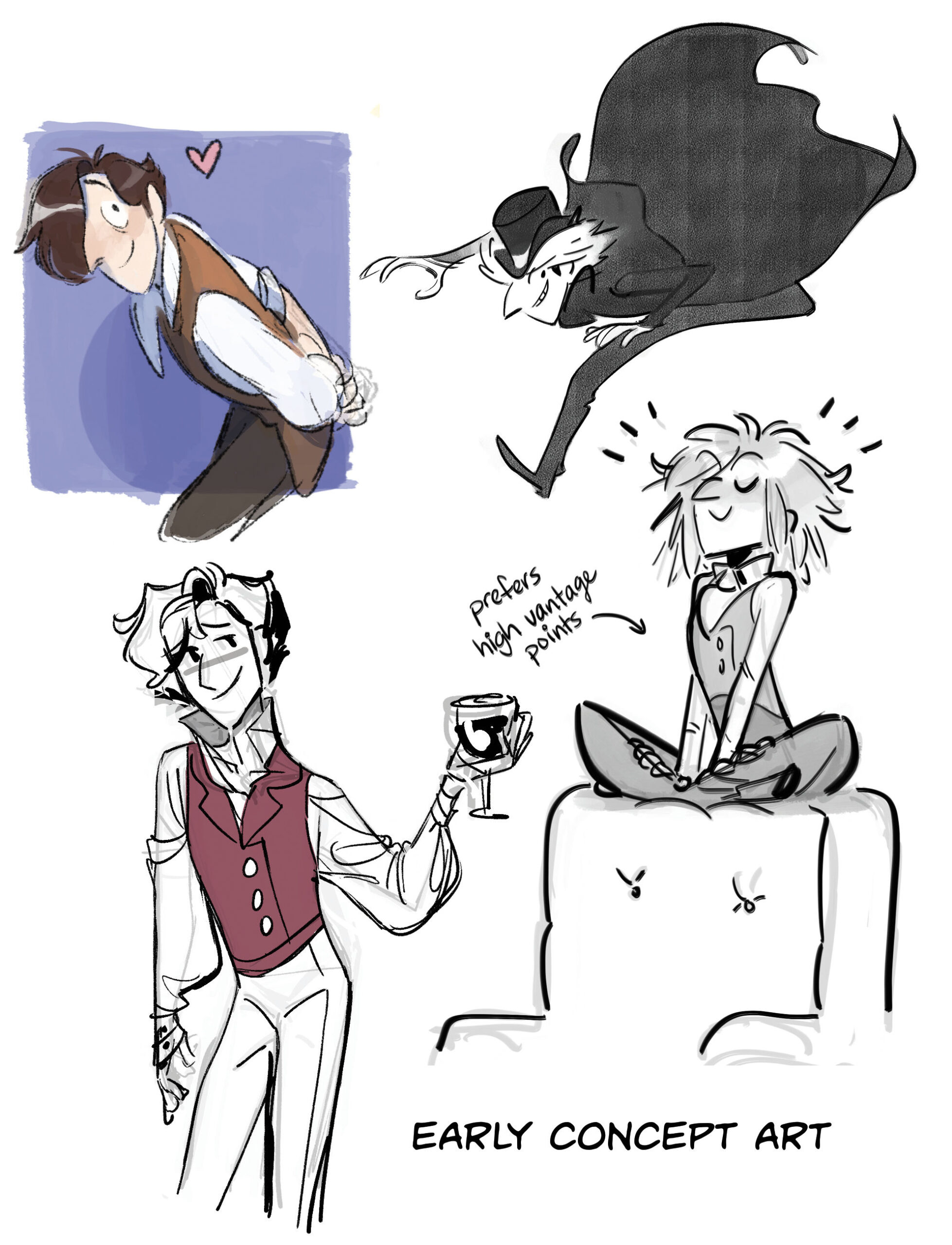

.png)